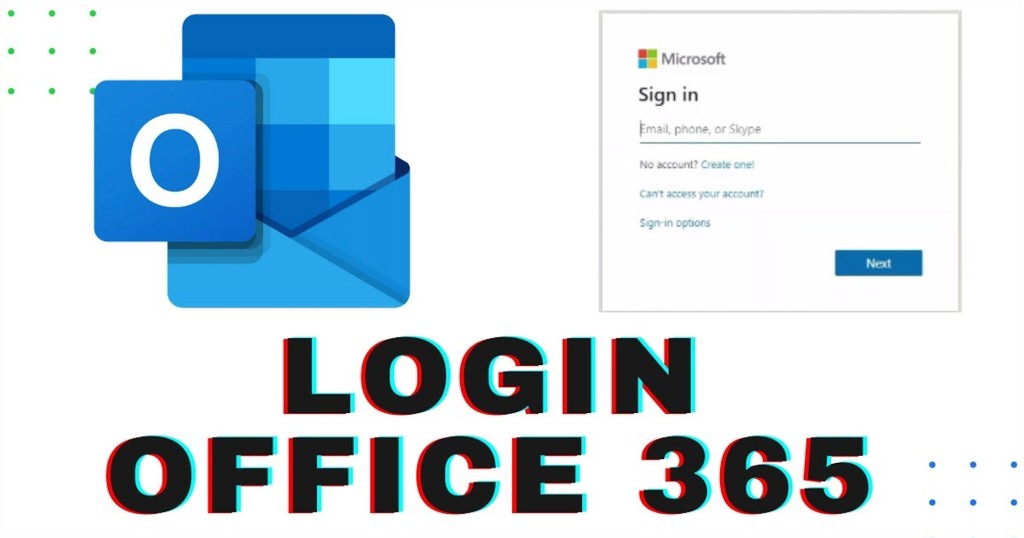Originally posted on December 14, 2022 @ 11:04 am
You might wonder why I’d have issues using Microsoft 365 applications. It couldn’t be any easier, right? Just open a browser, type in the Microsoft 365 URL, and supply your credentials. Despite its ease of use, the login process can and frequently does go wrong. This may be caused by anything from users misplacing their accounts to backend licencing problems. With an average helpdesk ticket costing roughly $70 per issue, these issues can significantly affect a firm. Challenges might also arise during crucial tasks that cause delays in a company’s process.
In this article, I’ll go through a few things you might look at if you’re having problems logging into the Microsoft 365 applications.
Know about the Basics First
You should have a plan in place in case you or any other user experiences login issues with the Microsoft 365 programme.
Making ensuring the user’s account is trouble-free should be your initial move. This entails making sure the user is logging in with the right account and that the account isn’t locked out.
In this situation, you should never presume the user is knowledgeable or isn’t having a good time. Having said that, you must treat the user with respect while bringing up this subject. If you don’t, word will get around that you’re snobbish or condescending, which could damage your reputation.
Is the User’s Account Valid?
Most of the time, a lockout of an account won’t likely result in problems with user access to Microsoft 365 applications. In contrast to an arbitrary access denial, the user will typically see a notification informing them that their password is incorrect.
However, if a user tries to open an application using a URL rather than checking in to Microsoft 365 and choosing it from the menus, this may conceivably occur. Additionally, the device you’re using and your particular situation may prevent you from seeing a lockout prompt.
To check the status of a user’s account, follow these steps:
- Open the Azure Active Directory Admin Center by logging in with your administrator credentials.
- On the Users tab, click.
- On the user’s account, click.
- If Block Sign In is set to No, make sure to change your password and unlock your account.
Check to see if the user is logged into the correct account if the resolution is unclear.
Is The User Logged in Under the Right Account?
The second thing you should verify for an unsuccessful login is whether the user is signed in using the right account, assuming the user’s account isn’t shut out. Users who have numerous accounts—which is growing more and more common—risk mistakenly logging in with the wrong one.
Assume for the moment that a user has been provided with a set of login details for a partner organization’s SharePoint site. The browser might automatically try to use these credentials if the user uses them frequently. The erroneous organization’s credentials won’t be apparent to the browser.
Instructing the user to log out of Microsoft 365 and then log back in is the simplest way to resolve this issue. Tell the user to input both their login and password rather than using the cached username, and make sure to do so.
Continue to more sophisticated testing techniques in the following section if this doesn’t resolve the login issues.
Licensing Problems
If the user’s Microsoft 365 licence was unintentionally removed, this is by far the most frequent reason for login problems with Microsoft 365 applications. As illustrated below, the user will successfully log in in this case but won’t have access to any Microsoft 365 apps.
It’s important to keep in mind that via a direct URL, an unlicensed user may occasionally be able to access a Microsoft 365 programme in part. For instance, a non-licensed user was able to access Microsoft Planner via a direct URL in the figure below.
To verify a user’s licencing, take the following actions:
- Open the Azure Active Directory Admin Center after logging in as an administrator.
- After selecting the Users option, go to the user’s account.
- On the Licenses tab, click.
If you don’t find any licences, you’ve located the problem and can fix it. The user only needs to enter the licence to sign in once more.
In the actual world, licence concerns are the primary cause of the great majority of login troubles I have encountered. This is especially true if you grant licences to groups rather than individuals. The user’s licence will be revoked if you remove them from a licenced group.
But you might not possess a licence. Continue looking into further causes if that is the case.
Other Causes
In some situations, security guidelines may bar users from using Microsoft 365 applications. A conditional access policy, for instance, can bar people based on where they are physically or what device they are using.
A problem with synchronisation in Azure AD Connect is another potential factor. Possibly utilising an Active Directory domain account, the person is logging in. Despite this, individuals continue to be denied access to Microsoft 365 resources. The account synchronisation procedure is not working in this instance.
Final Thoughts
You might have to fix issues that prevent users from using Microsoft 365 applications. Make sure the user’s account is operating properly first. The next obvious step, assuming the account is in good standing, is to confirm that no licences are missing from the account. If everything is in order, the issue is probably related to a security policy.
FAQs-
How many failed login attempts before an account lockout occurs?
By default, if a user enters their password incorrectly five times in the span of two minutes, their account will be locked out. When that occurs, the user will have to wait 30 minutes before being able to log in again. That’s why I advise against making any further efforts to log in so you can try the simple remedies. Otherwise, you would have to wait 30 minutes before trying again.
Is the Microsoft 365 account lockout period programmable?
Account lockouts can be set up using Azure AD’s password policies. Access to programmes like Microsoft 365 is also included. However, when employing this approach, you must make sure that you genuinely provide security. Possibilities for implementing attack vectors in a shorter lockout period exist for credible threats. The most important thing to consider while configuring this setting is this query.
Why was Microsoft 365 Planner accessible to the unlicensed user?
Several Microsoft 365 programmes permit guest usage. Unlicensed users have access to both the Planner application and any shared plans with you. Sharing and using guest accounts can increase productivity but also pose a security concern. You might therefore need to convert visitor accounts to permanent accounts that you can later delete. Although it may be safer, doing this yourself will take more effort. You should also take the company’s security policy into account.
Can accessing Microsoft 365 applications be problematic with multi-factor authentication?
It is possible, but it doesn’t happen very often. The main problem with multi-factor authentication is when a user tries to access a Microsoft 365 application programmatically. In that instance, automation may prevent the user from having a chance to give the necessary multi-factor authentication. They can experience access denial as a result.
Why can certain users log in when they don’t have any Microsoft 365 accounts?
A Microsoft account was probably set up on the user’s own Windows device if they are working from one. That isn’t the same as a Microsoft 365 account. It’s possible that Windows is attempting to utilise the user’s Microsoft account to access Microsoft 365 applications. The answer is for the user to sign out and then log back in using the appropriate account.




